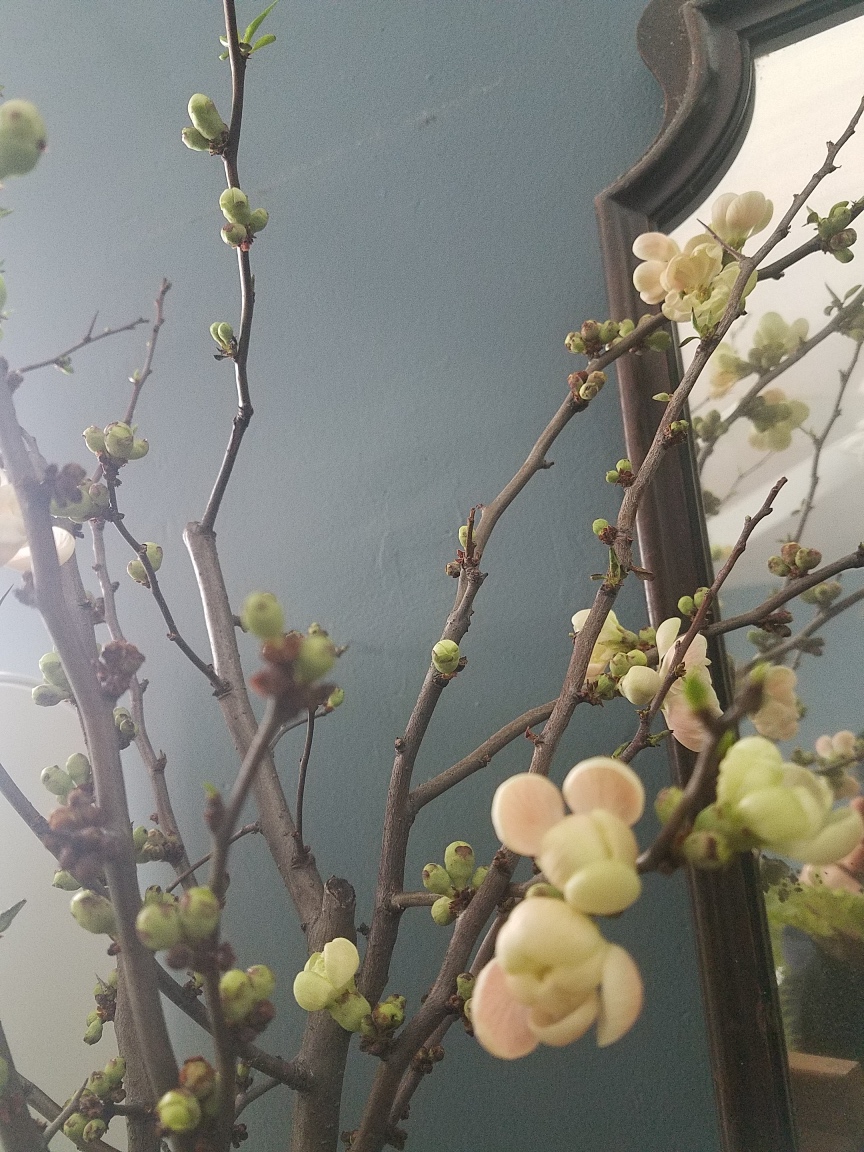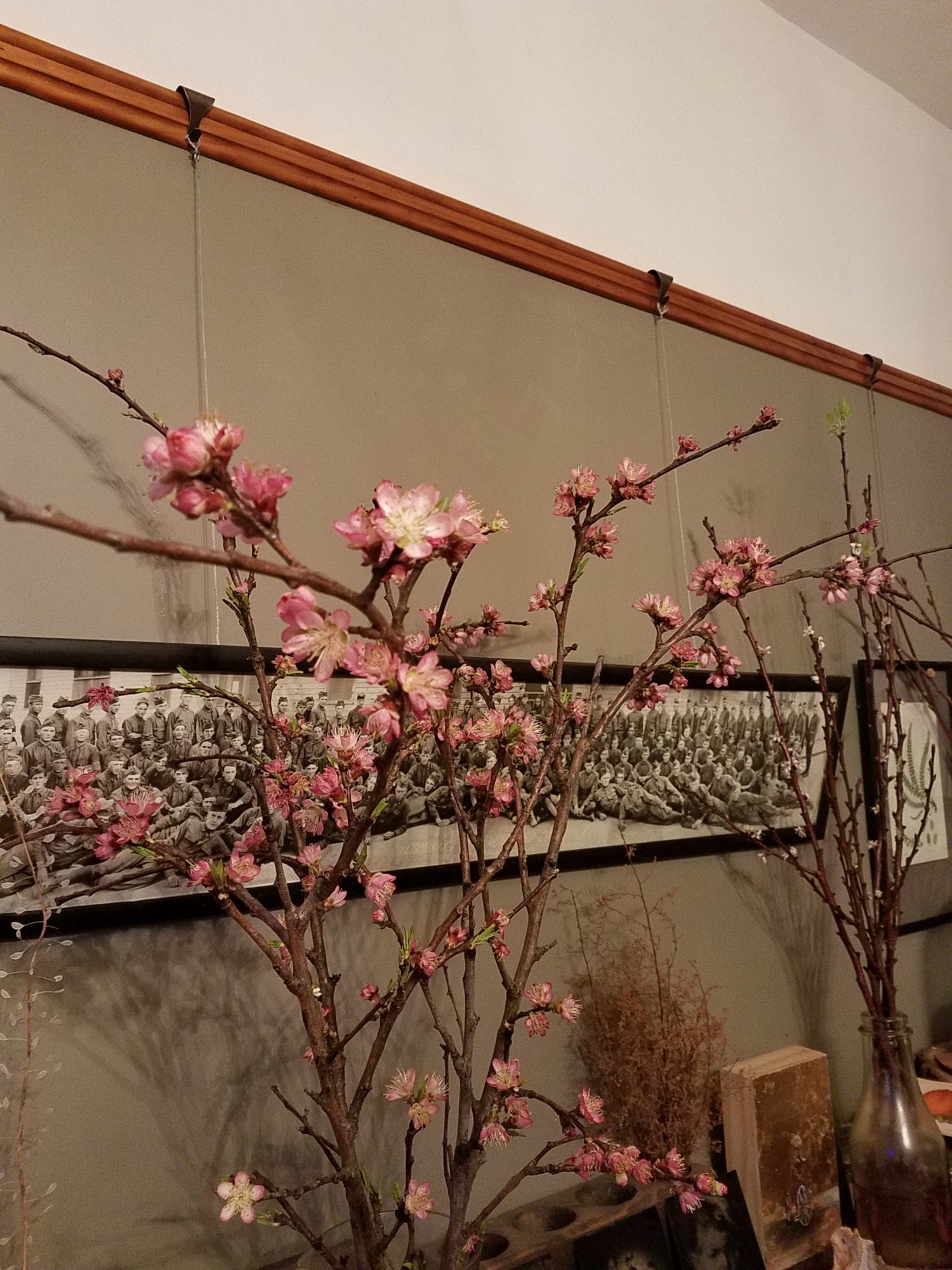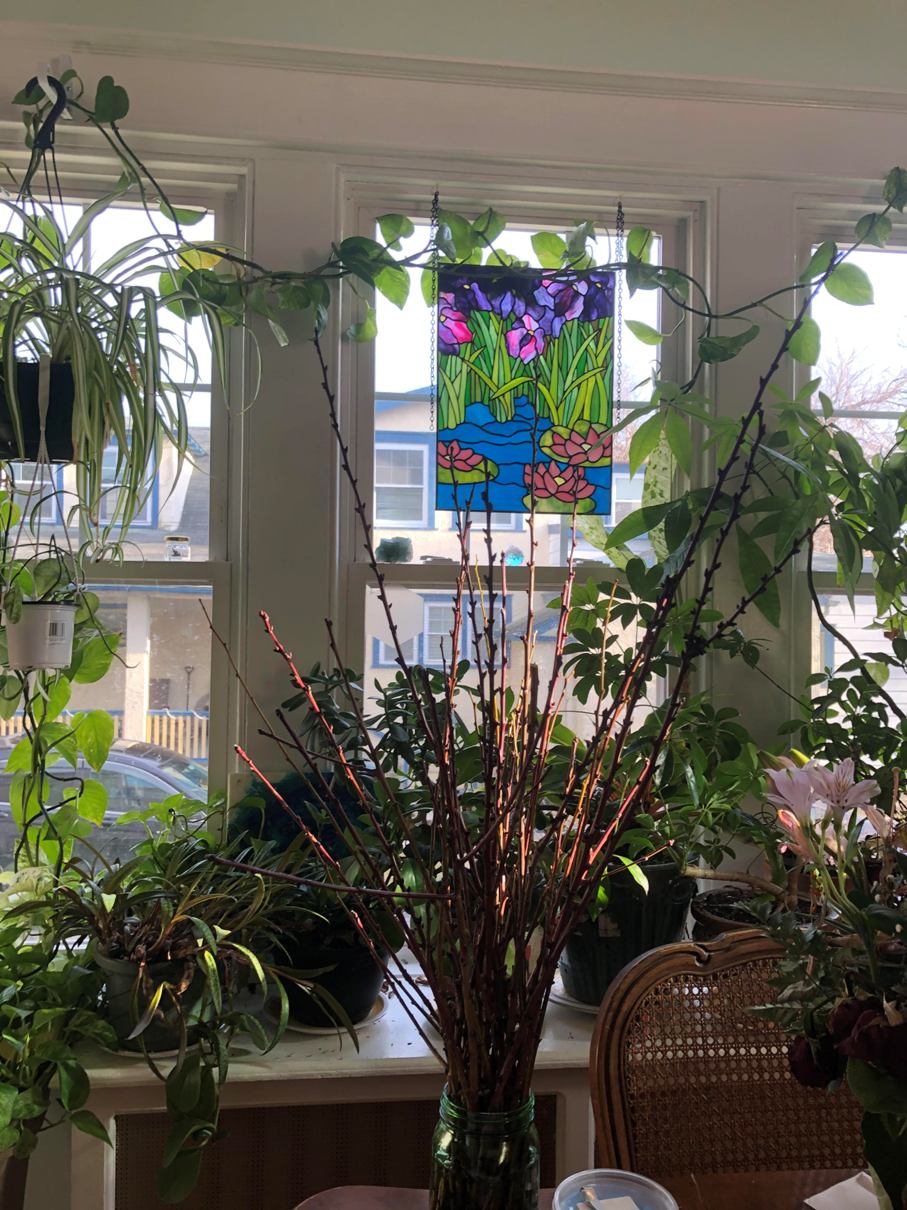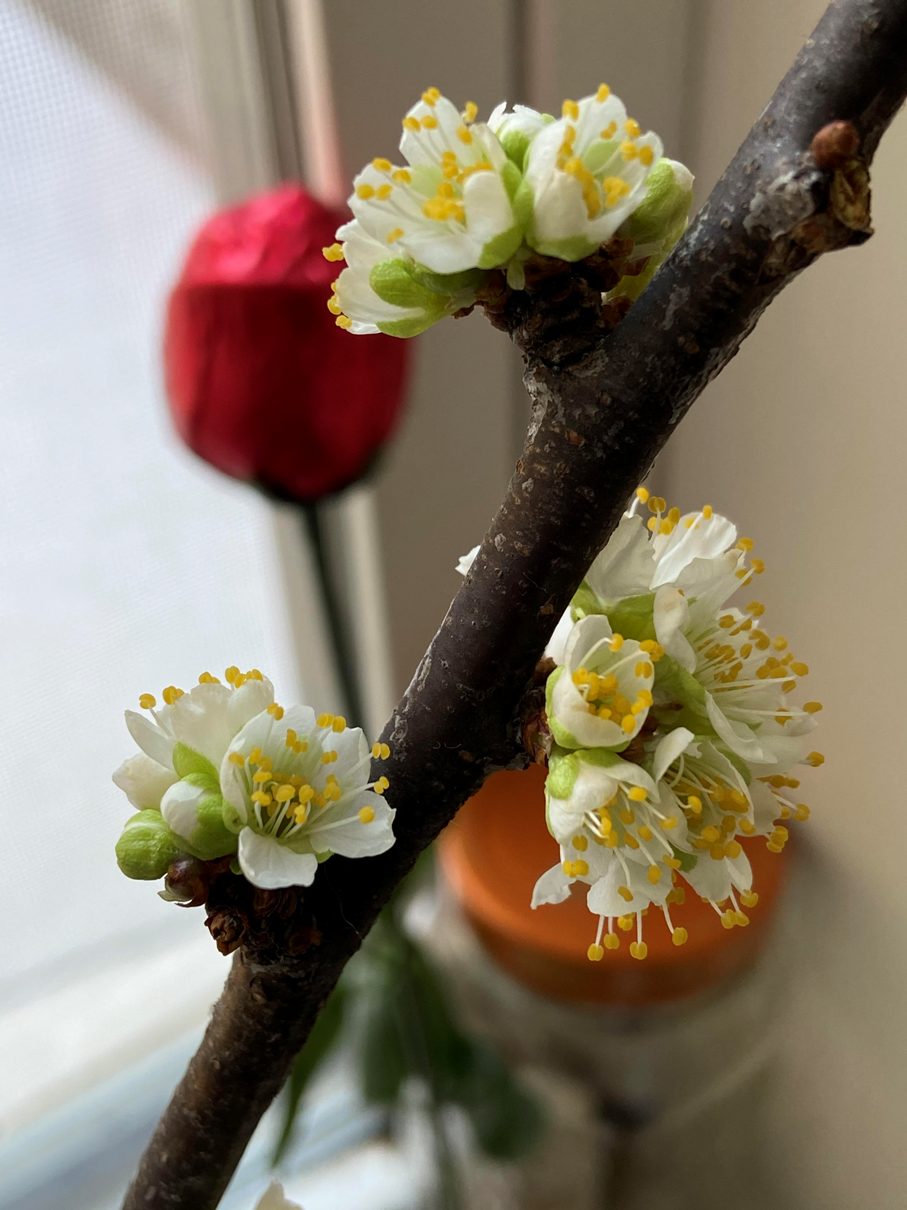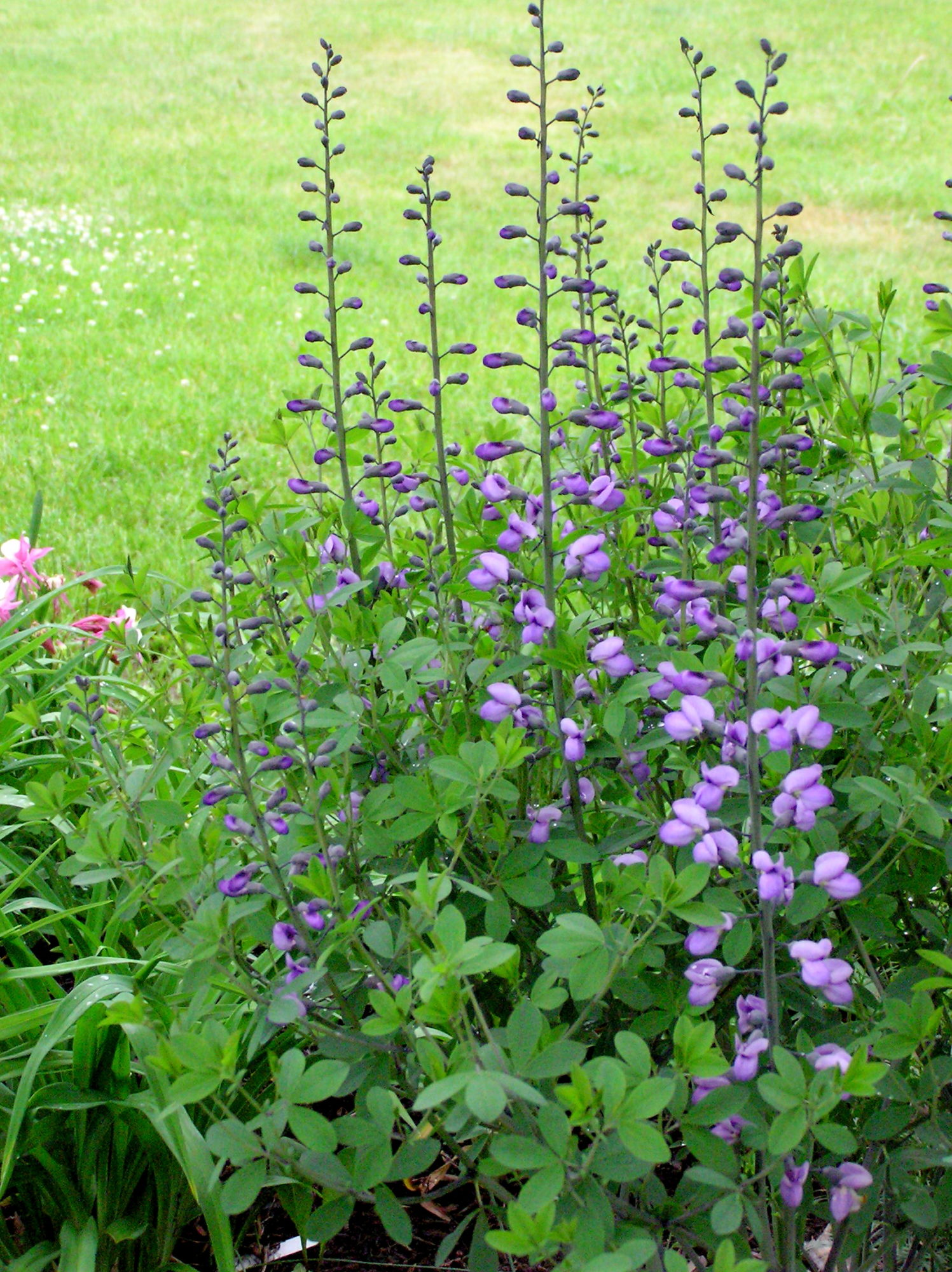Although POP orchards are typically planted with food production and ecosystem services as primary goals, beauty is also a core value and some growers may also want to point an eye toward floral design potential. Many existing species within POP’s planting palette can be used as cut flowers, but there are many other perennials that can be planted for even greater impact in designs, while providing bonus pollinator forage and beauty in the garden. Here are 10 favorites commonly found in our orchards that may bring joy as cut flowers and floral elements:
10 FOOD FOREST FAVORITES WITH FLORAL IMPACT
#1 Fruiting trees + shrubs

Favorite POP prunings for indoor blooms include flowering quince. . . 
hardy almonds. . . 
peaches. . . 
and Japanese plums, but many other prunings are also delightful!
One of the joys of winter orchard pruning season is bringing home trimmed branches that brighten the home with early blooms when placed in vases with water! It may be surprising that the backbone of the orchard is exceptionally useful for floral design throughout the seasons. In late winter, we typically prune out up to one third of branches of fruiting trees and shrubs. These can be brought indoors for architectural interest and forced blooms, often flowering a week or two after being moved inside. POP favorites include flowering quince, Japanese plums, peaches, and almonds. But apples, pears, stone fruits, and Cornus species also respond well.
In June, we usually thin tree fruits. The discarded young fruitlets can be skewered for setting into arrangements. And in late summer and fall, why not enjoy the beauty of the harvest before consuming? Banquet tablescapes including fruit and nuts tend to transport us into a world of lush Dutch master feasts.
In early summer, brambles in particular can run wild. Overenthusiastic berry canes can be cut for a sturdy foliage. If canes with fruit are cut, it’s best to do so when the berries are just starting to color – ripe fruit can drop and stain tablecloths!
#2 Alliums
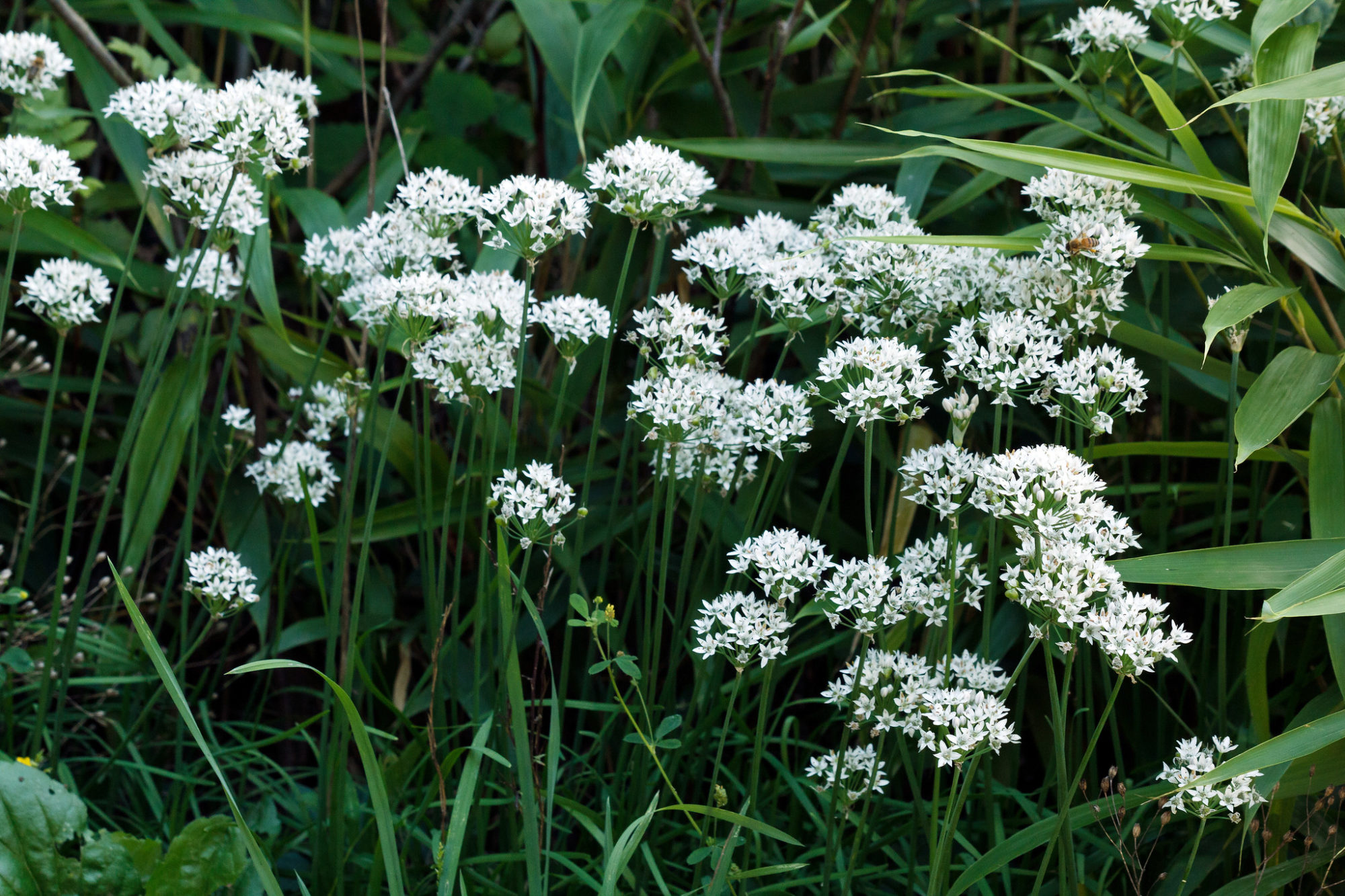
These flowering onions are a hardy orchard plant. They do most of their growing in the spring and fall, and are drought-tolerant, so they work well in the understory of deciduous trees. Due to their pungent flavor, humans love them while deer and other critters avoid them. POP typically plants common chives, Allium schoenoprasum, sporting lilac-pink blooms in late spring, and garlic chives, Allium tuberosum, producing white blooms in September and self-seeding readily, but not aggressively so. However, there are lots of other allium species of all shapes and sizes, from the demure native nodding onion (A. cernuum) to the electric golden leek (A. moly) to the massive tumbleweed onion (A. schubertii).
#3 Baptisia
Baptisia (also called false indigo) is commonly planted in orchards for its ability to fix nitrogen in soil, but it’s also a very ornamental American native. In the past, only purple (Baptisia australis), electric yellow (B. tinctoria) and maybe white (B. alba) were available, but with recent breeding efforts, there are now lots of beautiful hybrids on the market. ‘Pink Truffle’ is a personal favorite, but there are even chocolates and bicolors.
The silvery-green foliage is as pretty as the flowers. Immature leaves will wilt, so wait until later in the season to cut. Even when mature, leaves can get crispy out of water, so are best used in centerpieces instead of bouquets. And after the blooms fade, the flower stalks produce interesting seed pods, starting out light green and drying to a brown rattle.
#4 Yarrow
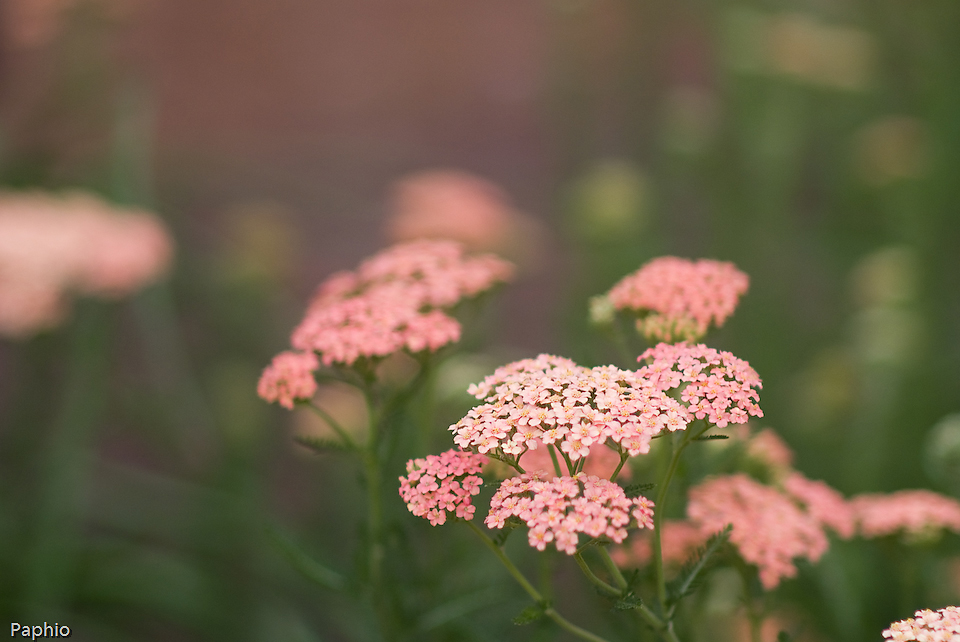
Another drought-tolerant plant, Yarrow is most commonly seed in shades of white, pink or red (Achillea millefolium) or sometimes yellow (A. fillipendulina). Look for color mixes like summer berries or pastel mix.
#5 Echinacea
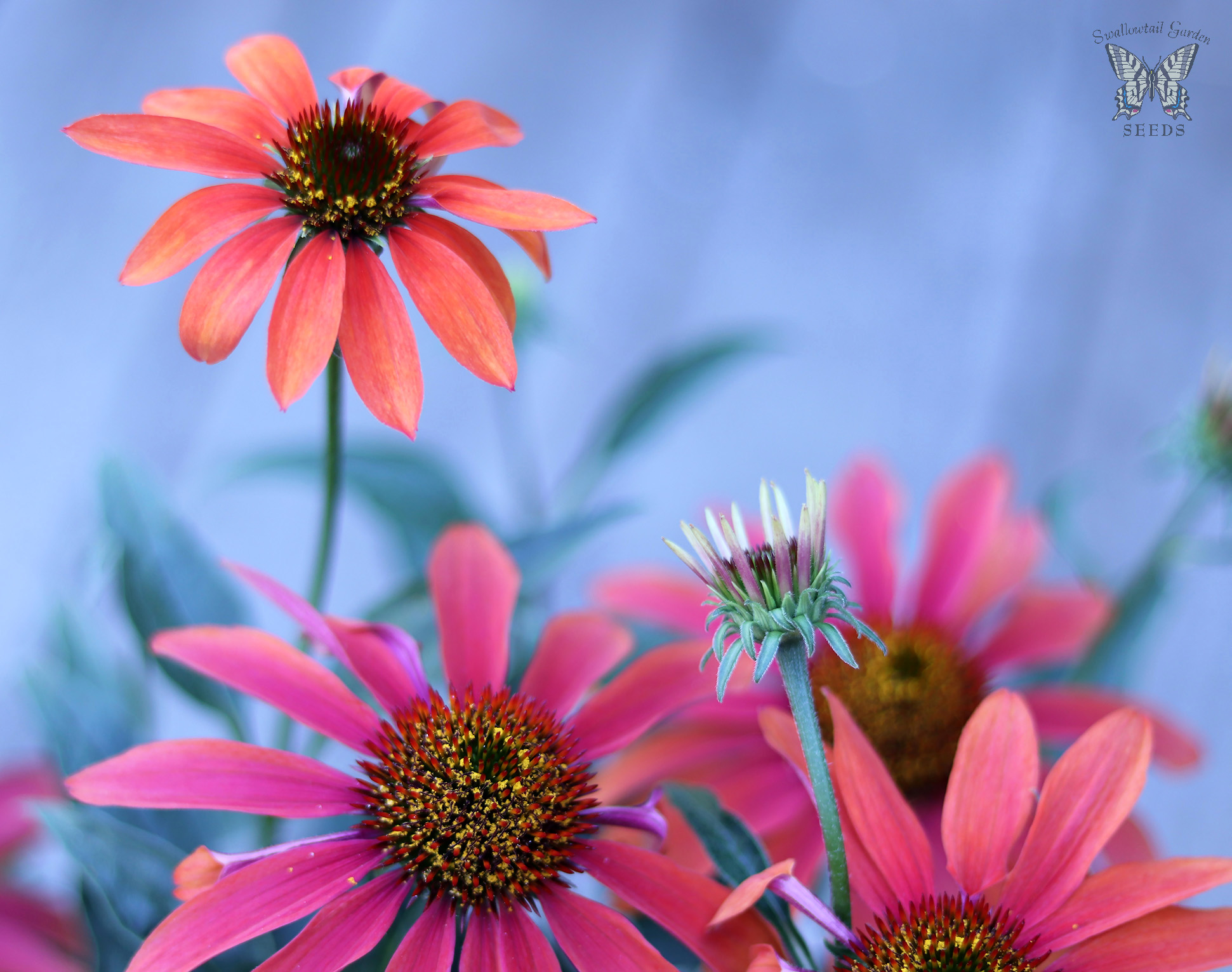
Another classic native pollinator plant, also known as coneflower. The straight species (Echinacea purpurea) is a lovely purple-mauve, and makes a perfectly nice cut flower. But there are now all sorts of delicious cultivars in a rainbow of colors. My personal favorites are the double varieties ‘Supreme Cantaloupe’ and ‘Sombrero Hot Coral’.
#6 Solidago
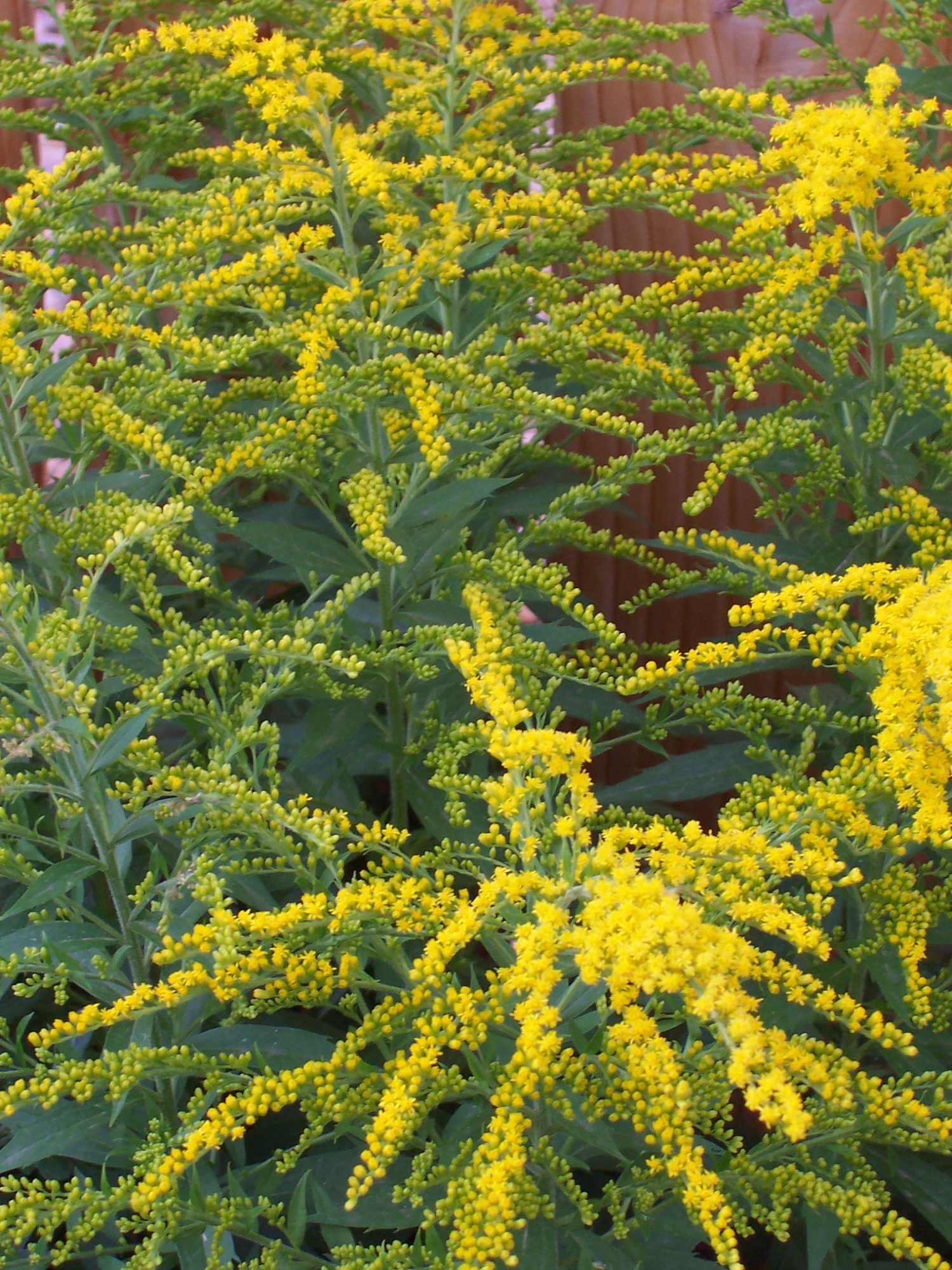
Goldenrods get a bad rap as allergens, when they’re really the scapegoat of ragweed, which blooms at the same time. Solidago pollen is too heavy to float in the air – it’s transported by insects. And speaking of bugs, goldenrods are the top herbaceous host for native insects – over 115 species are supported, which also means more food for nesting birds.
Solidago is a staple in the floral industry, harvested in bud or when the first flowers show color for the best vase life. There are dozens of native varieties in shades of yellow and cream. Try cutting half the stalks back in early summer to stagger bloom times.
#7 Mints
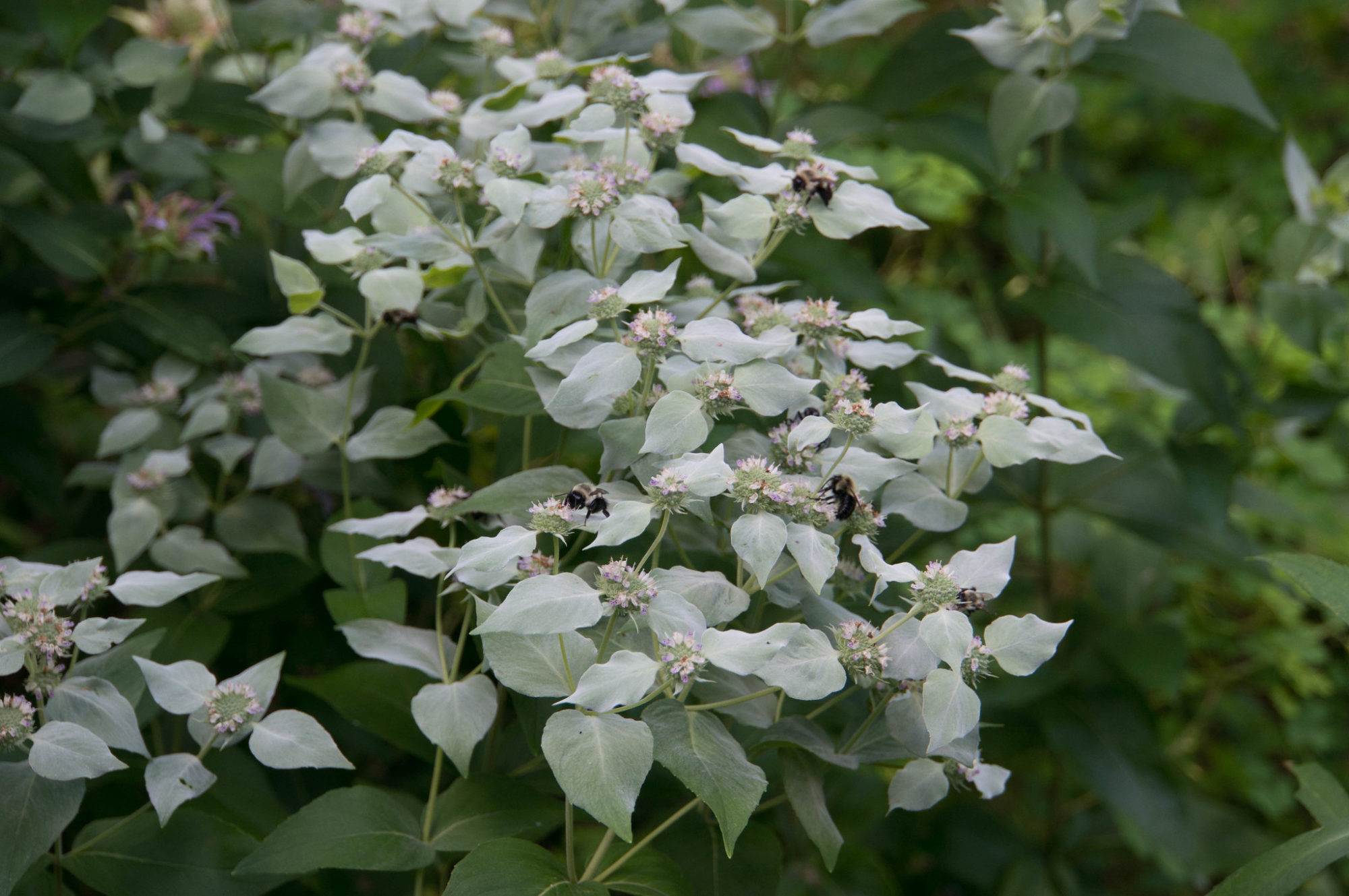
A familiar flavor and enthusiastic spreader in damp shade, mint is a familiar garden friend or foe. To curb its rampant runners, harvest for a fragrant element in floral designs. Apple mint has grey-green foliage, and pineapple mint has variegated green and cream-striped leaves, and they sport pastel lavender flower spikes in late spring.
Mountain mint is a taller native relative with an even stronger menthol scent. Pycnanthemum muticum has silvery foliage and button-like blooms and a new favorite groundcover in POP food forests.
#8 Perilla
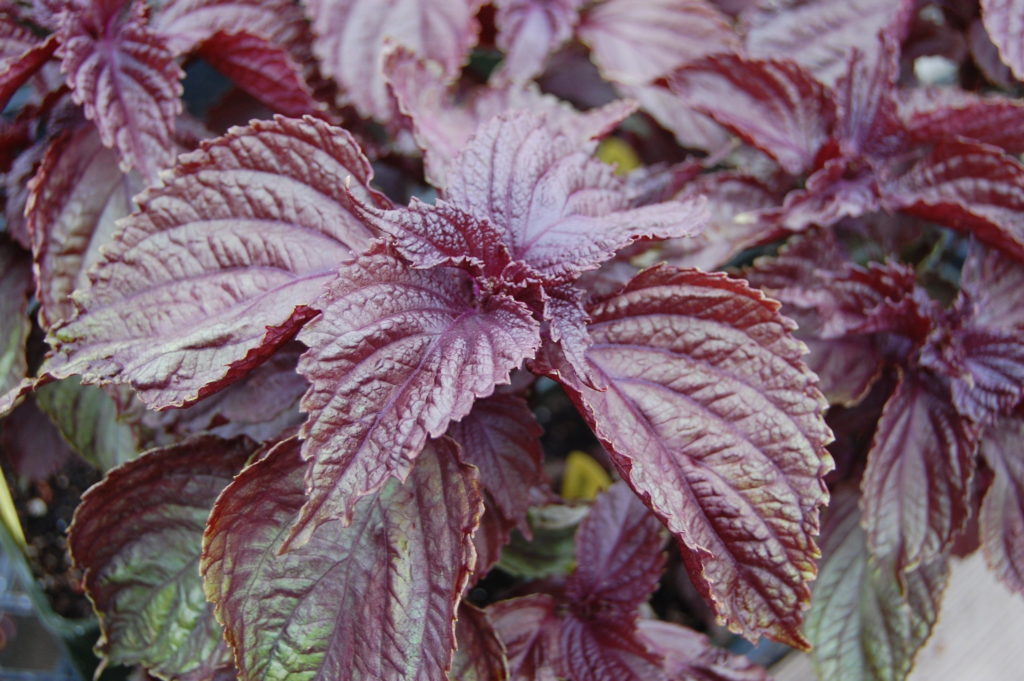
Another mint/ basil family relative that’s not technically perennial in zone 7, but an enthusiastic self-seeding annual. Commonly known as Shiso and native to east Asia, these plants have a cinnamon-licorice fragrance and are used as a fresh herb or to infuse ferments like umeboshi plums. The straight species is an unremarkable green, but P. fructescens var. purpurea is a vibrant wine color that adds rich contrast to autumn arrangements. There are even varieties with ruby leaf undersides. This is another cut that can wilt out of water, so avoid using in bouquets.
#9 Asparagus

Most people are only familiar with the spring spears, but left uneaten, they will grow into tall “ferns.” These feathery stalks photosynthesize to store up energy for next year, and the fertile female plants will sometimes produce berries. The foliage is often so abundant that some can be harvested for floral use. The fronds add an airy quality to designs, and even hold up out of water for large installations.
#10 Eupatorium
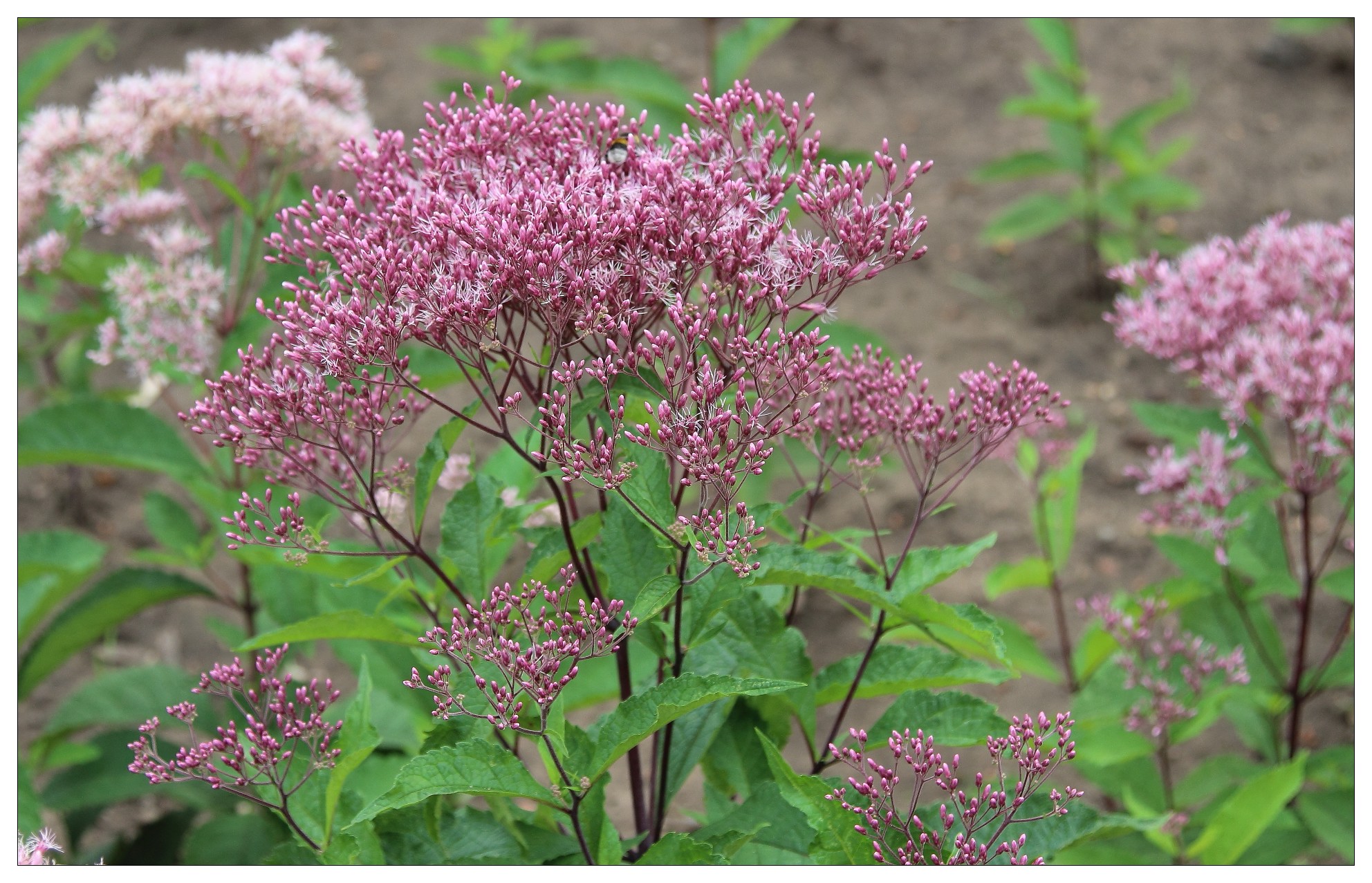
Joe Pye Weed (Eupatorium spp.) is a native perennial that thrives in average to damp soils and attracts all sorts of pollinators. Their flowerheads are a a unique, muted, dusty mauve hue, best cut in bud or first color. They produce their largest flowerheads in early summer, then side shoots later through the fall. There are a handful of cultivars, including the standout ‘Little Joe’, topping out at 5’ in height.
5 BONUS FOCAL FLOWERS
For those who want their floral designs to really shine, here are 5 additional perennials that could work well with orchard plantings:
Bonus #1 Bulbs
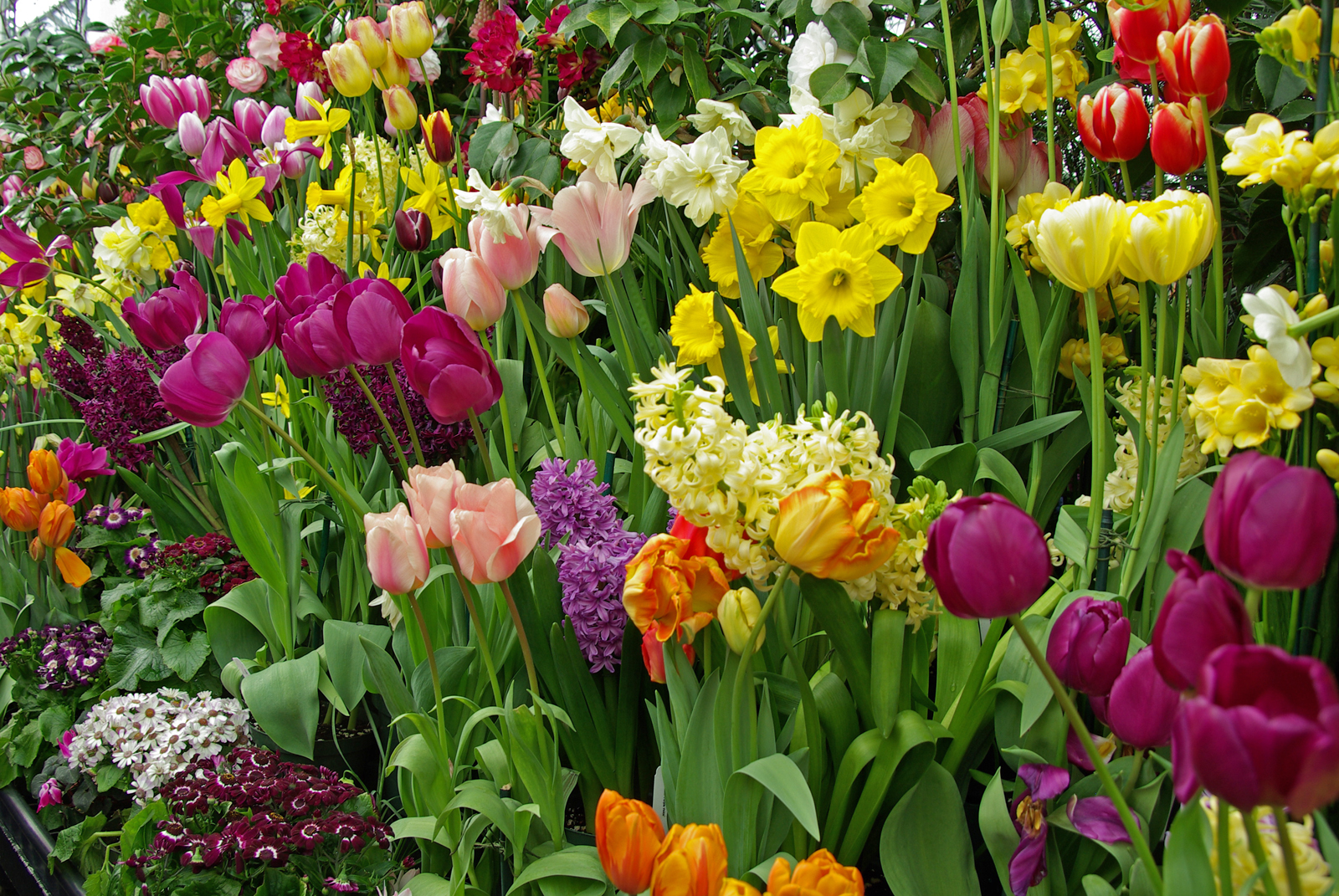
These old favorites are a reliable source of low-maintenance color, blooming as soon as the first spring after fall planting. Daffodils are one of the first harbingers of spring, deer resistant and thriving in the shade of deciduous trees. There are now many fancy Narcissus beyond the bright yellows, including those with layers of soft peachy tones.
Tulips are another diverse source of spring beauty. My favorites are the double lates, with big, multi-petaled blooms resembling peonies. There are hundreds of lesser-known bulbs that can provide lots of unique interest in the orchard, and most will spread by seed and bulb offsets to naturalize throughout the understory.
Bonus #2 Peonies
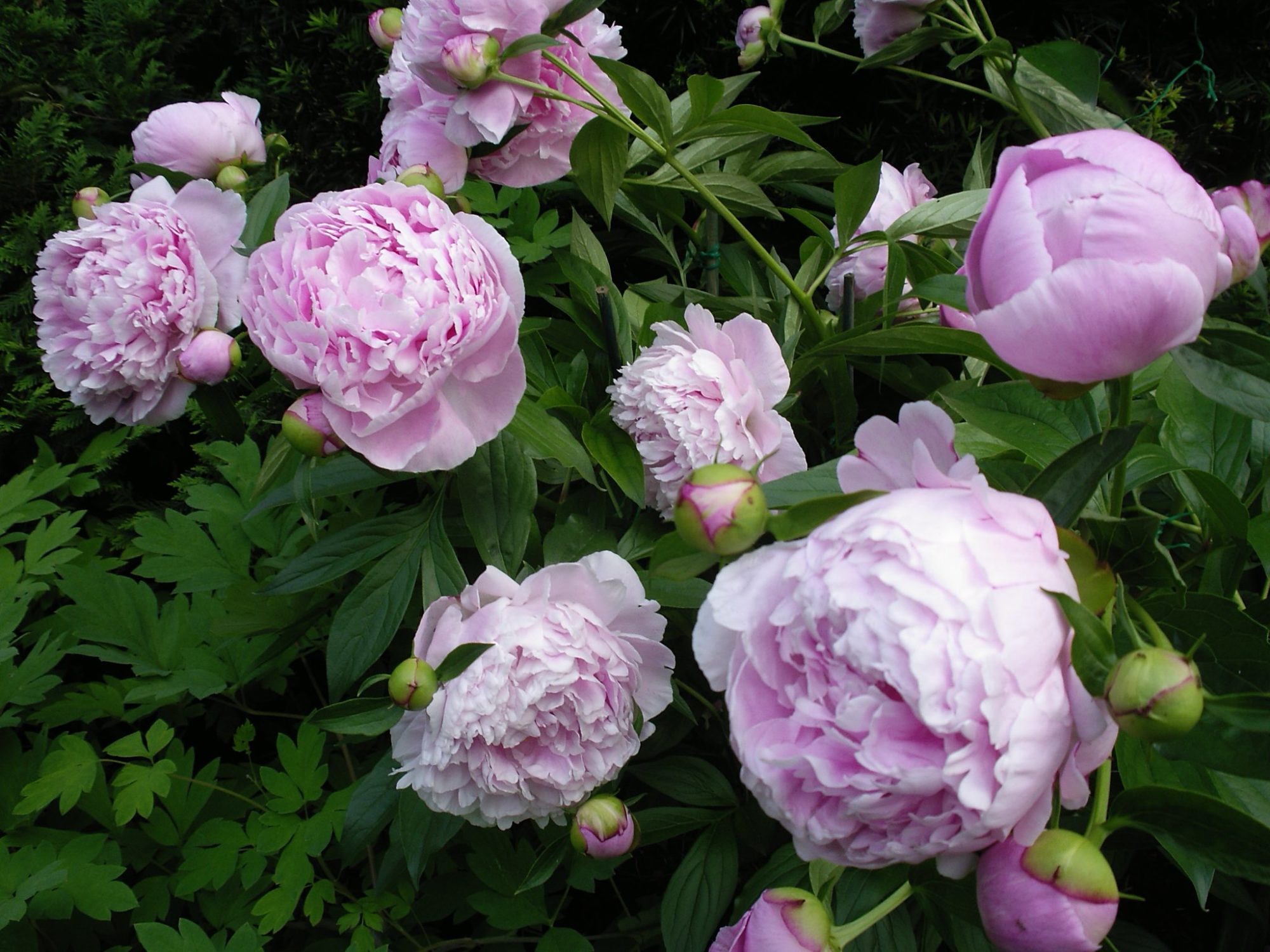
These long-lived perennials are a romantic classic. They’re deer resistant and extremely cold hardy. Herbaceous peonies (as opposed to tree or intersectional peonies) are considered best for cutting. Avoid planting too deep: 1”-1.5″ depth is ideal. For optimal long-term production, remove any flower stems for the first 2 years to let the plant focus on bulking up. Thereafter, you’ll be rewarded with more and more blooms every year. Blooms can even be dry stored for extended use.
Bonus #3 Dahlias
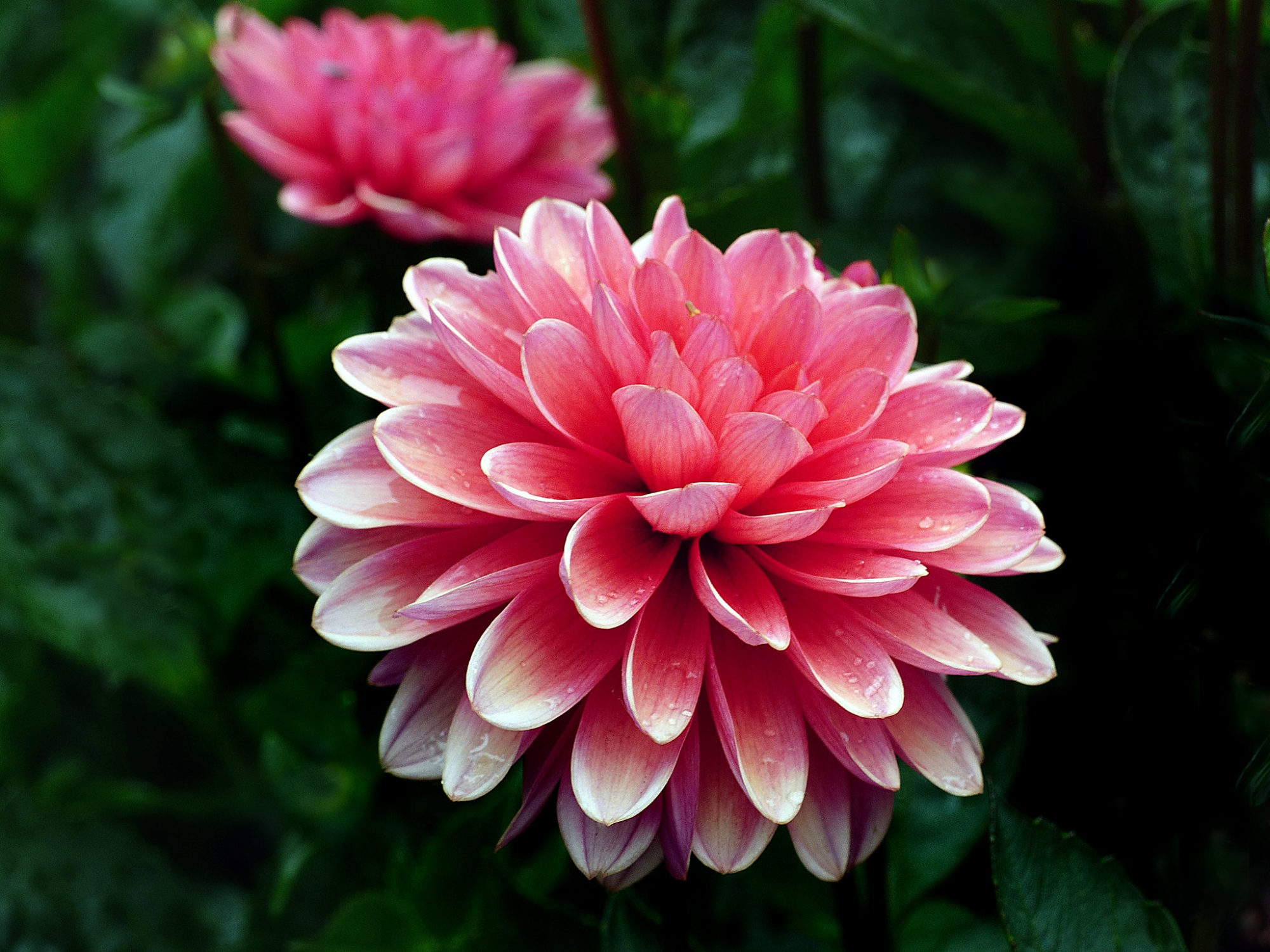
Native to Mexico, dahlias were once grown for their edible tubers. They’ve since been cross-pollinated to produce an extraordinarily diverse array of bloom forms. The blooms are indispensable for late summer and autumn floral arrangements. In colder climates, tubers are planted out around Mother’s Day, dug up in late fall, and stored where they won’t freeze. However, growers in Philadelphia and warmer zones should find that they can overwinter as perennials without digging, especially if well-mulched and kept dry.
Bonus #4 Hydrangea
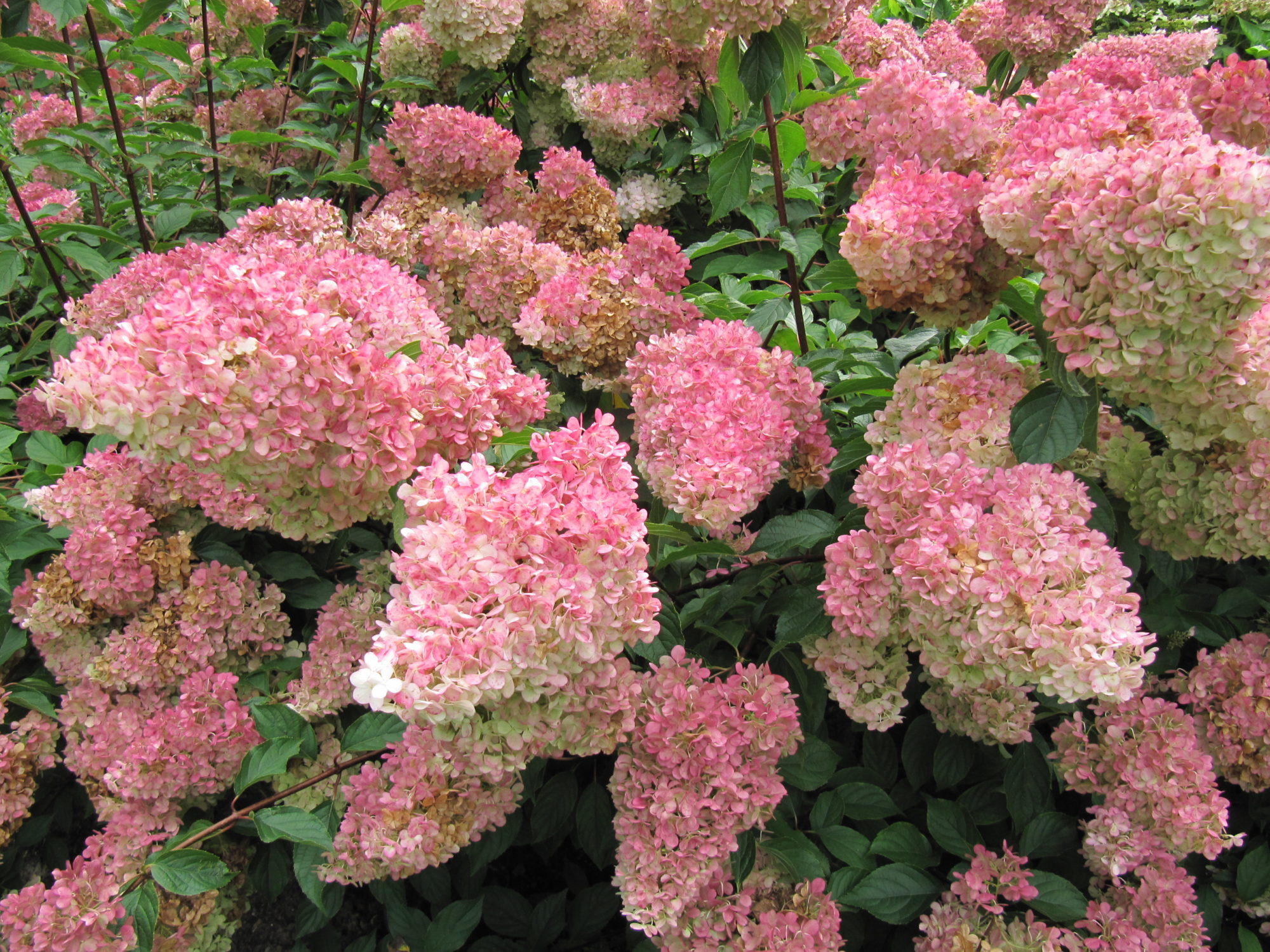
These shrubs are widely used in landscaping, as they’re sturdy and thrive in part shade. There are many varieties, some US natives, but a favorite species for cutting is H. paniculata. They start chartreuse, maturing to white, then rosy pink. The trick to cutting is to wait until the soft petals stiffen to a papery texture in late summer; cut too early and they’re prone to wilting.
Bonus #5 Hellebores
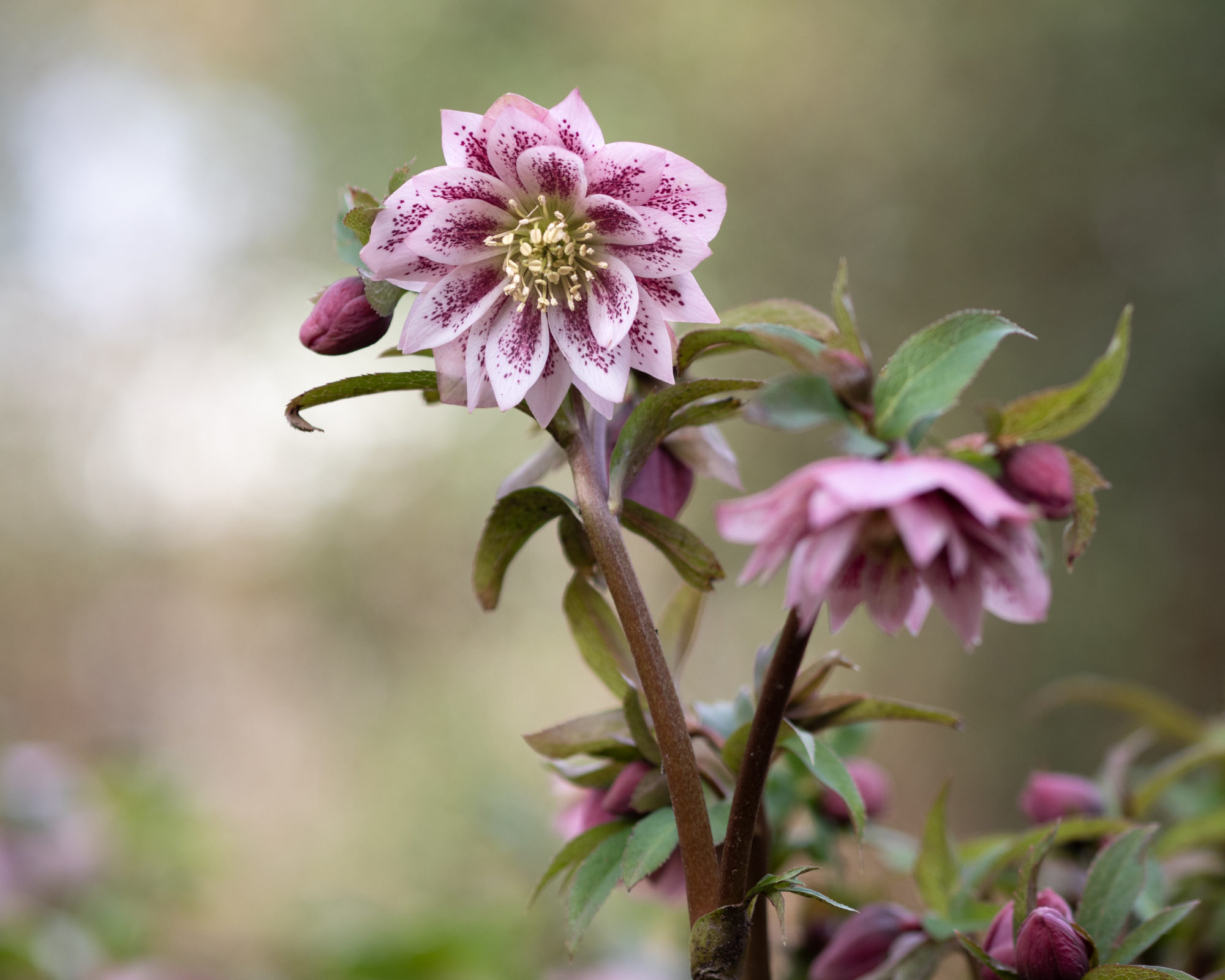
These easy perennials have a lot going for them. They thrive in part to full shade, and are deer and pest resistant. They bloom in winter, usually by March, in many unusual shades including chartreuse, mauve, speckles, and near-black. The Gold Collection series was bred for larger, more upturned blooms. In order to avoid wilting, wait until the inner flower has started forming seed pods. If pods are left to mature, they can self-seed and naturalize in the garden. As a bonus, the palmate evergreen foliage can be cut for use in low arrangements.
This edition of POP Tips was prepared by 2020 POP Orchard Assistant Kristen Jas Vietty, owner/operator of Lunaria Gardens.
SUPPORT US! If you found this entry useful, informative, or inspiring, please consider a donation of any size to help POP in planting and supporting community orchards in Philadelphia: phillyorchards.org/donate.
